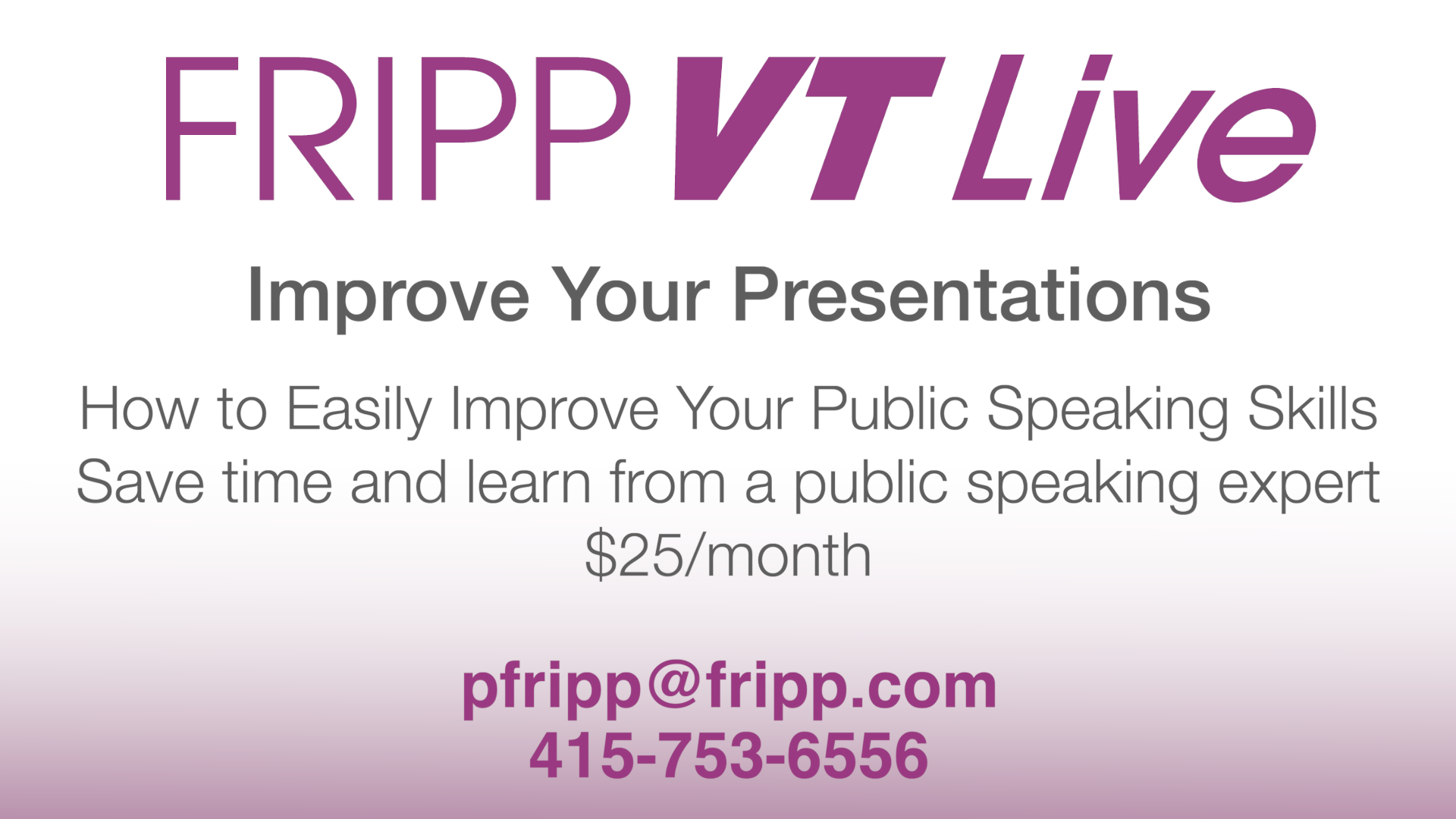How to Prepare and Present Powerful Talks 2001
Back in 2001, at the Toastmasters International Convention, I was invited to deliver the opening keynote speech. In this 10-segment series, you will view the anatomy of a keynote presentation.
You will notice I have made comments about how I would give advice to the 2001 speaker, me! This is segment 2 of 10.
“Let me tell you about my next-door neighbor, Mike Powell. Mike Powell was a senior scientist at Genentech. I said, ‘Mike, I know you’re not used to talking to real people, you talk to scientists, but if you come and speak to my Continental Breakfast Club about the work you’re doing, developing an AIDS vaccine, I’ll help you with your speech. I won’t write it, but I’ll help you.’”
Lesson: Deliver the dialogue. Your characters speak, and we want to hear what they say.
“I gave him the same instructions I just gave you, and this is what he did with it.
Lesson: I said, ‘Mike, come out punching, grab the audience.’
“He walked out and said, ‘This audience is very different than it was five years ago because of the scare of AIDS.’ I said, ‘Answer the questions the audience has in their minds. Most people don’t hang out with scientists, and even if they do, they have no idea what they’re talking about. Tell them what it is like to be a scientist.’”
Lesson: Use picture words.
“Mike said, ‘Being a scientist is like doing a jigsaw puzzle in a snowstorm, at night, when you don’t have all the pieces, and you don’t have the picture you’re trying to create.’ I defy you to come up with a one-sentence description that would describe the frustration of your job as well.”
Lesson: Simplify the complex.
“I said, ‘Mike, in a 25-minute speech, you’re probably going to make three points. Remember, people won’t remember what you say; they will remember what they see. Tell a story so people can see it.’ He was talking about the difference between AIDS and cancer. He said, ‘Imagine AIDS is a green jacket, and cancer is a red jacket.’
“In the Q&A portion, people were saying, “Well, if you’re a green jacket . . .’ You see what he did? He took a highly complicated subject and spoke to a lay audience in a way they understood well enough to ask questions. If they couldn’t, he would have been guilty of trying to connect intellectually with the PhDs in the crowd and speak over the heads of most other people.”
Lesson: I would change people to your audience.
“He was talking about DNA. This was before the OJ Simpson trial. Now we know a lot about DNA.”
Lesson: Does your audience relate? Yes, this is a dated example, but it was not at the time the speech was delivered.
“He said, ‘Imagine you have a store, and a thief comes in and grabs something off the rack. He runs out, you run after him, and you catch up to him and grab his shirt. He keeps running, but you have the shirt.’ We could see the shirt. He was talking about how the perspiration on the collar could give clues to help you track down the thief.
“After his three points, he said, ‘Are there any questions before my closing remarks?’ You always answer the questions because you want to close on your own high. The biggest mistake I see with business presentations is that people often finish on questions and are then left to the mercy of the quality of the questions. Everyone wanted to ask questions. Then I said, ‘In a perfect world, you can perhaps tie the open into the close in a circle.’
“This is what he did. I was so proud of him. Please remember this was the first speech he ever gave to a lay audience. He said, ‘At the beginning of my talk, I told you the frustration of being a scientist. Many people ask, ‘Why would you do it?’ Last story.”
Lesson: I would now change gave to delivered.
Lesson: Your words are made more dramatic with your delivery.
“Two steps forward on silence for effect. You only do it once or twice, or it looks like a technique. As Laurence Olivier said, ‘The art is hiding the art.’
“Mike said, ‘Miami, Florida, July 1994, fourth day of a medical conference, 3:30 in the afternoon. We’d been in the same hot room since 7:30 in the morning. The last speaker, a young woman, walked from the back of the room. She went to the lectern and said, ‘I am a 32-year-old wife and mother of two. I have AIDS. Please work fast.’
“Standing ovation, first speech with the simple formula I just gave you.”
Lesson: I would now say, “The simple diagram you hold in your hand.”
This is the second of ten segments of Prepare and Present Powerful Talks. Next week, you will receive segment three.
To have access to this complete presentation and eleven more recorded-live Fripp presentations, check out FrippVT Live.
“I wanted a super bowl quality coach. Patricia Fripp’s help in coaching and scripting was world-class. With Fripp on your team, you can go places.” Don Yaeger, Long-Time Associate Editor for Sports Illustrated magazine, Eleven Time New York Times Best-Selling Author
“As the author of a best-selling sales book the best investment in my speaking career was to hire speech coach Patricia Fripp. She is the master at helping structure and script your presentation.” Andy Paul, Author, Zero Time Selling
FrippVT Live: Get a front-row seat to Fripp’s live recorded speeches.

